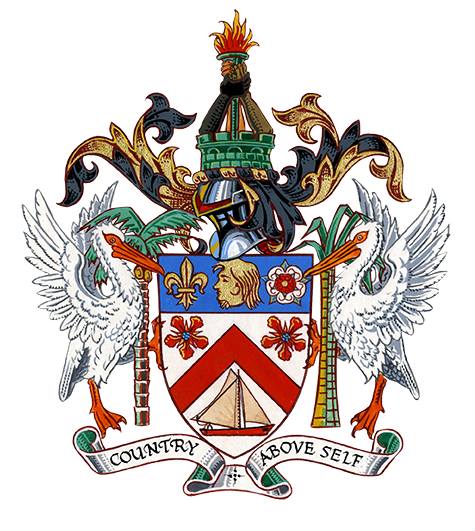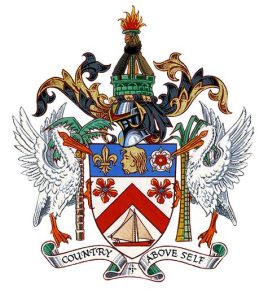Large-Scale Protest March Scheduled for Friday, September 26th.
The island nation of St. Kitts and Nevis is bracing for a potential political earthquake as the Citizens Empowerment Coalition (CEC) prepares to lead what is anticipated to be the largest public protest since the 2014 land-for-debt demonstrations that toppled the then-ruling Douglas administration. Scheduled for Friday, September 26th, 2025, the march is expected to draw thousands to the streets of Basseterre, the capital city, in a powerful display of public discontent with the current Drew administration. The CEC and its supporters are invoking the spirit of the 2014 uprising, aiming to replicate the mass mobilization that ultimately led to a change in government. The planned route, starting at the West Bus and Ferry Terminal and culminating several hours later, is symbolic, retracing the steps of the protestors who a decade earlier voiced their outrage over the controversial land swap deal.
The current wave of unrest stems from a confluence of grievances against the Drew government. Accusations of prioritizing foreign investors over the needs of local communities are central to the growing discontent. Specifically, the CEC and its supporters point to several controversial developments, including projects at Christophe Harbour and Friars Bay, the Ritz-Carlton scandal, and the contentious Nevis SEZ “private city” proposal, as evidence of a pattern of disregard for local interests. These projects, often touted as economic boons, are viewed by critics as detrimental to the long-term well-being of the island nation and its people, echoing the sentiments that fueled the 2014 protests.
Beyond the large-scale development projects, the Drew administration is also under fire for its perceived neglect of small and medium-sized businesses, a vital component of the local economy. The highly publicized struggles of St. Kitts Marine Works, currently embroiled in a legal battle with the government, have become emblematic of this perceived neglect. This, coupled with unfulfilled promises related to job creation, affordable housing, improved healthcare, and enhanced water security, has further eroded public trust in the government. The cumulative effect of these perceived failures has created a fertile ground for widespread dissatisfaction and a growing sense of urgency for change.
The deteriorating state of essential public services has also contributed significantly to the burgeoning protest movement. The healthcare system, in particular, has become a focal point of public anger, with reports of dialysis patients being denied essential treatment due to systemic failures. This, combined with a perceived surge in crime rates, has amplified public anxieties and fueled calls for greater government accountability. Many citizens express a sense of betrayal, feeling that the Drew administration has abandoned its responsibility to provide basic services and ensure the safety and well-being of the population. The confluence of economic anxieties and the erosion of public services has created a potent mix of frustration and disillusionment.
The parallels between the current situation and the events leading up to the 2014 protests are striking. Then, as now, the central grievance revolves around the perceived mismanagement of national resources and a sense that the government is prioritizing outside interests over the needs of its citizens. This perceived betrayal of public trust is resonating deeply within the community, mobilizing citizens from diverse backgrounds and generating a momentum reminiscent of the pre-2014 period. The CEC is effectively tapping into this sentiment, framing the current situation as a continuation of the same problematic patterns that led to the downfall of the previous administration.
The upcoming protest carries significant political weight, posing a serious challenge to the Drew administration’s authority. Already grappling with a series of scandals, a struggling economy, and escalating public criticism, the government can ill afford the negative optics of a massive public demonstration against its policies. The sheer scale of the planned march, coupled with the potent symbolism it evokes, represents a significant threat to the government’s legitimacy. The outcome of Friday’s protest remains uncertain, but it is clear that the event has the potential to be a pivotal moment in the political landscape of St. Kitts and Nevis, potentially setting the stage for significant change. The echoes of 2014 are reverberating loudly, and the Drew administration finds itself facing a similar groundswell of popular discontent that could reshape the nation’s political future.
Share this content:












Post Comment